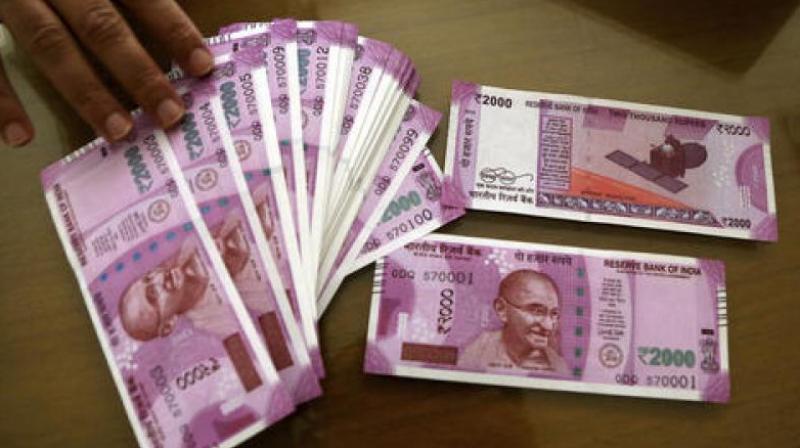Centre must adhere to MSPs for food
Farmers are being paid way below support price.

Mumbai: Six states have announced farm loan waivers following the Prime Minister’s announcement of a loan waiver amounting to Rs 36,000 crore during his UP election campaign.
Together these waivers account for Rs 1.5 lakh crore or 23 per cent of institutional lending. This will have a domino effect across other states says Dhananjay Sinha, head Institutional research, Emkay Global, who estimates the country-wide loan waivers to reach 18-20 per cent of outstanding loans of an estimated Rs 17 lakh crore in FY17.
Of this, two-thirds can be attributable to banks. Loan waivers are not a permanent solution and the government cannot runaway from the fact that only remunerative prices for their crops will enable farmers to survive without loan waivers.
Explaining the faulty policies of the government, farmer’s leader Vijay Jawandhia says that last year farmers got on an average Rs 5,500-5,600 per quintal of cotton.
This year they got lower prices despite the cost of production remaining the same if not higher.
The minimum support price (MSP) for tur is Rs 5,050 per quintal and for soyabean it is Rs 2,775 per quintal. Farmers however sold tur at Rs 3,500 per quintal and soya at Rs 2,500 per quintal.“So how do you expect them to repay their loans if they don’t get even the minimum support price?” he asks.
In addition to this the farm sector was further hit by the November 8, 2016 demonetisation, soft global food inflation and weaker government support during the past 3-4 years, that resulted in an adverse price scenario and 6 per cent decline in terms of trade (ToT) during 2011-16.
Perishable items were particularly hit by demonetisation and they contribute 75 per cent to the value of food consumption (foodgrains, meat, fish, vegetables, fruits etc), and this in turn had an adverse impact on the farm sector economics.
Farmers had to resort to distress sales, below their cost of production, as they faced shortage of storage facility.
Prices are way below MSP in several states, especially for high cash products like pulses and this weakens the farmer’s capacity to repay his loans as he needs to make a profit which is possible only if he gets remunerative prices.
Mr Jawandhia points out that there is a bankruptcy law for industry where government takes over the assets of sick companies and sells them, so why
not a bankruptcy law for agriculture?
Today, in a high cost economy the seed cost per acre is Rs 4,000 and the cost of crop raising is Rs 15,000 to Rs 20,000 per acre and this is why loan waivers are needed.
Even if the crop yield is good there is no price in market for tur, soya or cotton due to a glut of these items, he says. Interestingly in the US farmers are provided cushions against unremunerative prices.
In 1994 cotton lint in New York cost $1.10 cents and it is currently around 80-85 cents. With this reduction farmers cannot live except with support. The US government pays out $4.6 billion in subsidies.

